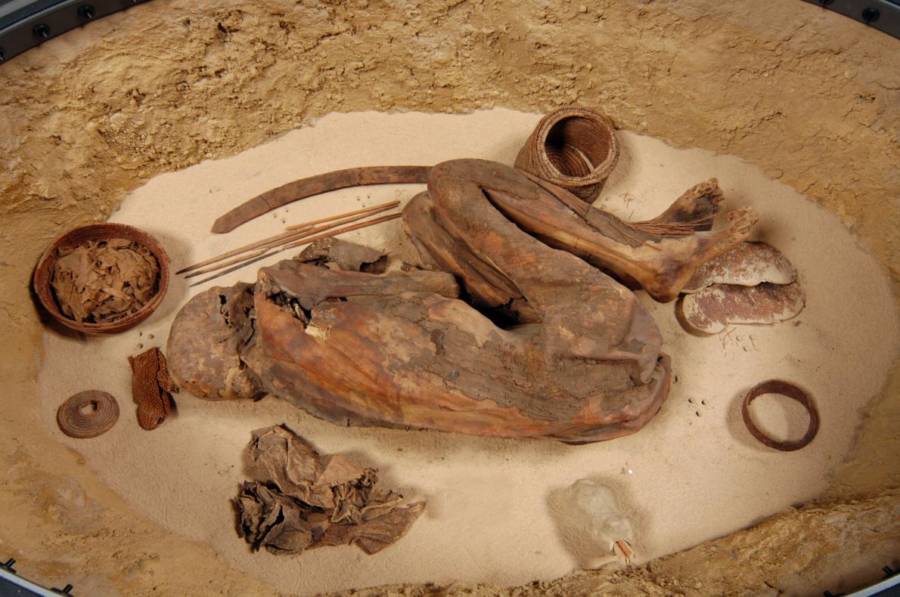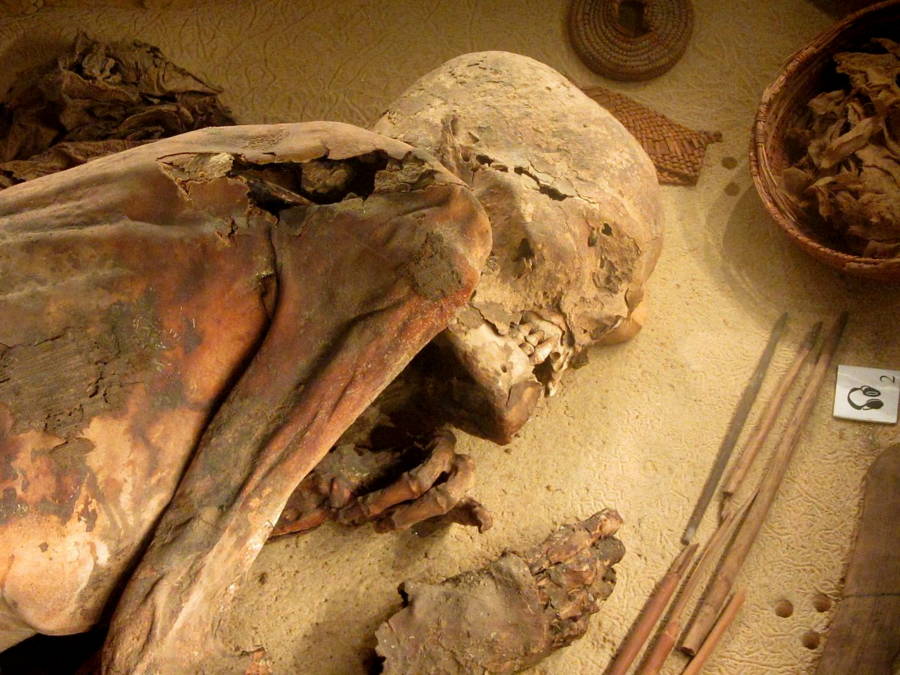5,600-Year-Old Mummy Reveals Oldest Egyptian Embalming Recipe Ever Found

Museo EgizioFred, the Turin mummy.
One incredibly well-preserved 5,600-year-old mummy upended much of what we thought we knew about Ancient Egyptian embalming.
A new study published in the Journal of Archaeological Science showed strong evidence that embalming practices in Ancient Egypt were in place more than 1,500 years earlier than previously believed.
A team of researchers made their conclusions after examining “Fred,” an exceptionally well-preserved mummy discovered more than 100 years ago and housed in Turin’s Egyptian Museum since 1901, according to National Geographic. After being brought to the museum originally, the mummy had not undergone any additional preservation methods, which meant that he would be the perfect subject for investigation in terms of how he was preserved the first time around.

Wikimedia Commons
Believed to be around 5,600 years old, the Turin mummy was originally thought to be a preservation anomaly. Fred was believed to have been naturally preserved by the extreme desert heat.
However, the study examined the remains of the mummy and discovered that not only had the mummy actually been embalmed by humans, but he had been preserved using a recipe similar to the ones used 2,500 years later on pharaohs and noblemen like King Tut during Egypt’s peak mummification period.
Researchers used a variety of tests to examine the linen fragments from the Turin mummy’s torso and wrist as well as a woven basket that was buried with his remains to figure out the exact components of the embalming salve.
The components turned out to be extremely similar to the salves used thousands of years later, suggesting that Ancient Egyptian embalming practices had been established far earlier than previously thought.





